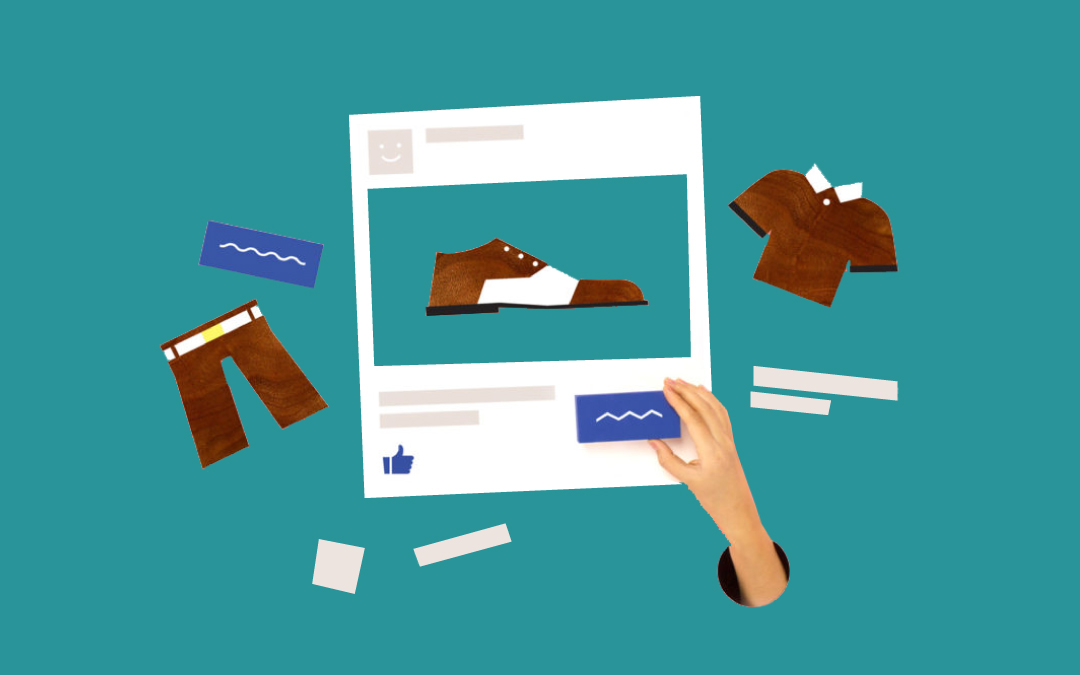Are Users the New Billboards?
Historically, brands relied heavily on marketing and advertising to drive awareness and engagement with products and services. But in an era of general mistrust of big corporations, ever-heightening consumer expectations, and a no-bullshit view on unsubstantiated claims, even a killer ad might not be enough to drive your brand forward.
That’s why smart and strategic brands realize its customers have the potential to be the biggest trust, credibility, and value builders (or destroyers) out there. And that nailing brand experience today means tapping into the power of users in innovative, creative, and strategically-aligned ways.
User-Generated Content That Works for You, Not Against You
User-generated content is one of the biggest drivers of business success and brand building today. An Olapic survey found that people trust images created by consumers the most and 76 percent of people find content posted by consumers to be more authentic than a brand’s own content.
Although the power of user-generated content is undeniable (think about how many Amazon reviews you’ve read, Instagram influencers you follow, or times you’ve asked your peers for an honest opinion of a brand before you buy in), getting it right is hard.
Here’s what we’ve found makes brands successful.
1. Own It
How do you ensure that users say or show the right thing? User-generated content doesn’t mean you’re giving up control. In fact, you shape the user experience and therefore play an integral role in forming and informing user-content.
Apple is a quick and easy example of a brand that’s figured out how to own user content. If you’ve driven on any major freeway in the U.S., you’ve seen the Shot on iPhone campaign (there are more than 10,000 installations around the world). In short, Apple made the world its gallery. It leveraged users’ experiences shooting on the iPhone and put those individual experiences and expressions on display for the world to see. This campaign is 100 percent owned by Apple and works in line with its brand promise—think different—showing how its products allow its users to see the world differently and inspiring others to do the same.
2. Don’t Just Listen, Do
Asking your users for feedback has no impact unless you actually do something with that feedback. Glossier—a millennial-focused, easy-to-use beauty essentials company—has this down. Glossier built its brand on social media because that’s where its users lived. But the brand does more than fill its Instagram page with aesthetically beautiful visuals or respond to all user comments publicly or by direct message (givens for them). They actually put tools in place to use the data, insights, and information its users provide. In short, Glossier’s Instagram has become its R&D lab and main marketing platform. For example, the brand hears people are frustrated with their face lotion because it makes them break out, so they work to create one that doesn’t. In fact, the company churns out a new product tailored to what they hear from users every six to eight weeks. And because users drive product development, products are perfectly tailored to the people who matter most to the brand.
Glossier allowed 420 of their most active and influential users to sell their products on social and received a cut of the profit, as well as rewards and sneak previews of products to come. By the beginning of the summer, that campaign alone generated 7 percent of the brand’s annual revenue.
3. Not Just B2C, B2B, Too
It’s easy to assume that user-generated content is best-suited for consumer brands. However, B2B businesses are also tapping into the power of user-generated content and reaping the benefits.
Salesforce, for example, built an MVP program where high-engagement businesses and users received early product previews and gifts based on the hours they spend engaging with non-MVP users. This program drives loyalty with super-users. It also brings new-users into the mix by leveraging the trust and credibility those super-users bring to the table. Hubspot created real-life success videos for companies that have used its marketing automation software. Adobe has built several platforms dedicated to sharing its users’ content—living up to its brand promise of changing the world through digital experiences. UPS always highlights the cool projects or businesses its users create. The list goes on, and for B2B businesses looking to build trust, credibility, and share an authentic story, users seem like a great place to start.
Users in the Spotlight
Putting users front and center in a digital age might not be much of a shock, but it is a challenge. Especially for those businesses that weren’t born in the digital age and don’t have platforms that encourage user conversation or the strategies to drive them already in place. Shifting the focus on users requires a couple of key shifts. From:
- Customers as buyers >>> to thinking of customers as users
- Focus on purchase >>> to focus on the entire user experience
- Emphasis on promotion >>> to emphasis on advocacy
- Worrying about what to say to consumers >>> to concentrating on what customers are saying to each other
- Customers as one-time buyers >>> to building an ongoing relationship
- Marketing, product development, and brand experience as segmented functions >>> to considering the ways in which they can inform each other and even act as one
Emotive Brand is a brand strategy and design agency in Oakland, California.






Thanks for sharing this informative and helpful article.